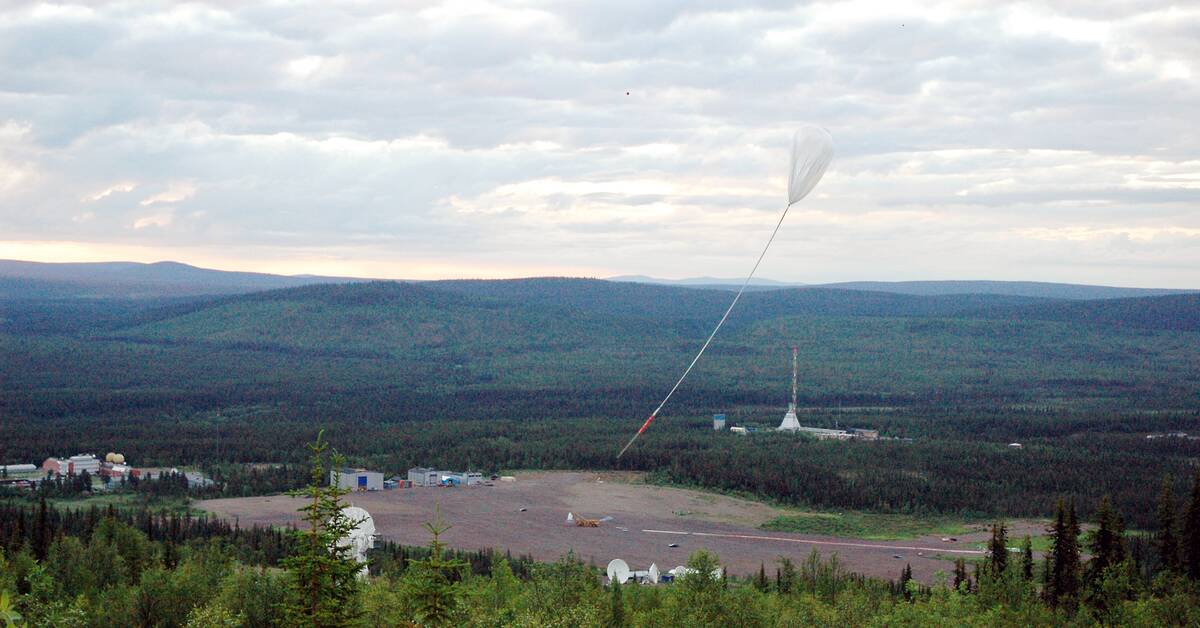It was on Tuesday that a helium balloon took off from the space base in Kiruna.
The balloon, which goes by the name XL-Calibur, is loaded with a 13.5 meter long telescope.
The balloon's final destination is northern Canada, and during the four days it takes, the telescope can measure X-rays from black holes and neutron stars.
- The balloon should be somewhere across the Atlantic at the moment, and when it reaches its maximum height, it will be 39 kilometers above the earth, says Mattias Abrahamsson, campaign manager at SSC, which owns Esrange.
Much bigger
The space balloon is one of two sent up.
At the beginning of the climb, they are not much bigger than a normal hot air balloon, but when they reach their maximum height, they become much larger, much larger than the Globe (now Avicii Arena).
- The first was sent up the night before Sunday and holds about 900,000 cubic meters and the second, which was sent up now on Tuesday, holds about 1.1 million cubic meters.
If you compare it with the Globe, which holds about 600,000 cubic meters, you understand approximately the size, Abrahamsson explains.
The US space agency Nasa is one of the partners in the project.
Cheaper
Sending a balloon into space instead of using another spacecraft has certain benefits, says Jeremy Eggers, deputy head of communications at Nasa.
One of the most important benefits is that we can send scientific instruments to a 'near space' environment with the help of a balloon. Some scientific missions require the spacecraft to fly farther into space to reach its target, but for some types of missions the target can instead be reached with a balloon in a close space environment - and for a fraction of what it would have cost to fly into space "
, Jeremy Eggers explains in an email to TT.

